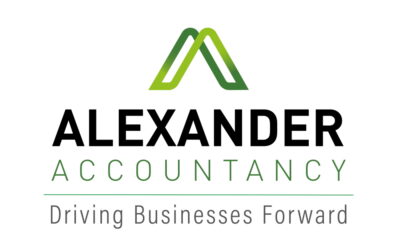
10th June 2024 Posted by - Alexander Accountancy
Choosing the best way to finance business asset purchases: Lease, Contract Hire or Hire Purchase?
Picture this: your business is booming, and it’s time to invest in some new equipment or a company vehicle. But with so many financing options out there, how do you decide which one of them is right for you? Let’s break down three popular choices – leasing, contract hire, and hire purchase – so you can make an informed decision without getting lost in financial jargon.
Lease
Leasing means renting an asset (such as machinery, vehicle or computer) from a finance company for a set period. After the lease term ends, you usually return the asset, although sometimes there is an option to be able to buy it.
Short-term rentals where the payments cover the asset’s use, rather than its full value, are known as operating leases. At the end of the lease, you return the item and can lease a newer model.
Longer-term rentals where the payments cover the full value of the asset over time are known as finance leases. The leasing company legally owns the item, but you use it as if is yours.
Here’s why leases can be good:
- Better cashflow: Low upfront costs and spread-out payments help keep your cash in hand.
- Stay updated: Easily upgrade to newer equipment or vehicles.
Here are some things to think about with leases:
- No ownership: You don’t own ever own the asset.
- Higher long-term cost: Over many years, leasing can be more expensive than buying.
Contract Hire
Contract hire is often used for vehicles. Contract hire is like leasing, but usually includes maintenance and servicing in the monthly payments.
Here’s why contract hire can be good:
- Fixed costs: You’ll know exactly what you’ll pay each month, including upkeep.
- Cash flow friendly: Like leasing, it spreads out the cost.
Here are some things to think about with contract hire:
- Mileage limits on vehicles: Exceeding agreed mileage can cost extra.
- No ownership: You can’t keep or modify the vehicle.
Hire purchase
With hire purchase, you buy the asset over time. You make a deposit and then regular payments. Once all payments are made, you own the asset.
Here’s why hire purchase can be good:
- You own it: At the end, the asset is yours.
- Predictable payments: Fixed monthly payments make budgeting easier.
Here are some things to think about with hire purchase:
- Bigger upfront cost: Requires a higher initial deposit compared to leasing.
- Maintenance responsibility: You’re in charge of upkeep and repairs.
- Cash flow impact: Higher monthly payments can strain cash flow initially.
Making the decision
To choose the best option for you, you may want to consider the following points:
- Cash flow: How much can you afford each month? Leasing and contract hire usually have lower monthly payments.
- How long you’ll use it: If you need the asset short-term or it becomes outdated quickly, leasing or contract hire might be best.
- Ownership needs: If owning the asset is crucial, hire purchase is the way to go.
- Financial impact: Leasing keeps liabilities off your balance sheet, while hire purchase adds both an asset and a liability.
Conclusion
Choosing how to finance your new asset doesn’t have to be complicated. By considering your businesses cash flow, how long you’ll need the asset, and whether ownership matters, you can pick the best option for you.
Tax can also be a factor in the decision. For personalised advice, please feel free to contact us at any time. We are ready and happy to help you navigate the complexities of asset financing and find the best solution for your business.
